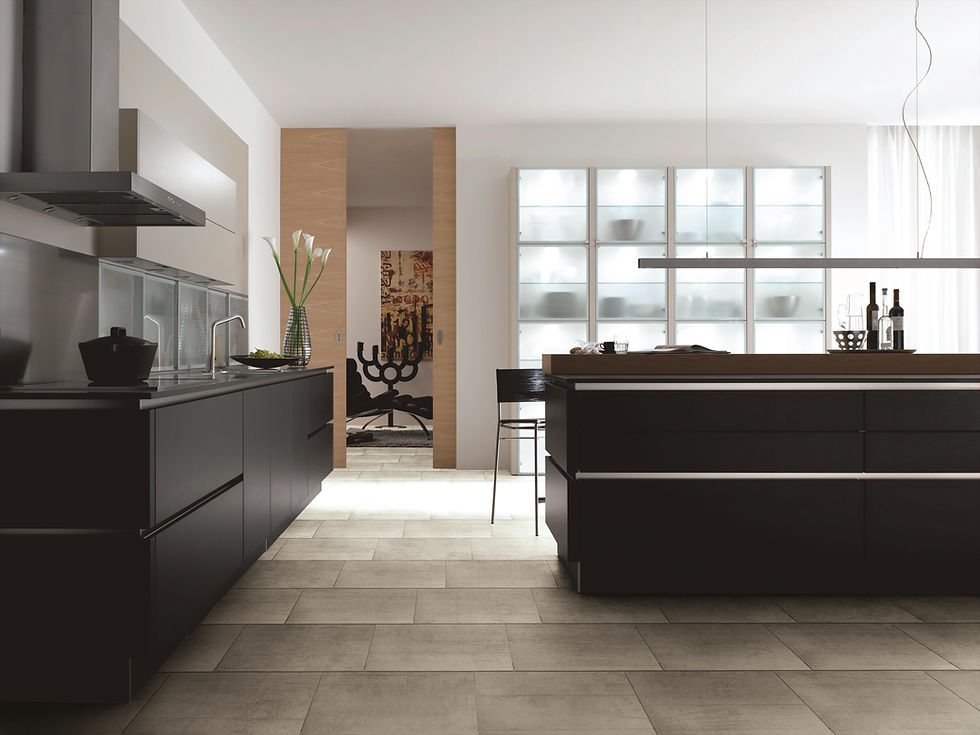HOW TO CHOOSE GROUT FOR TILES?
- Sanvir Mann

- Jan 20, 2020
- 3 min read
Updated: Jan 26, 2020
Home renovations are always projects that allow homeowner to turn a house into the home they always wanted. Unfortunately many people forget crucial details in the process though. These details can determine the lifespan of the changes made. Grout is one of these details. Many homeowners focus on finding the right tiles when re-doing their washroom or kitchen but overlook this critical component of the project. Don’t let it cause issues for you later, because choosing the right grout can lead to a cleaner and healthier environment. A nice bathroom or kitchen remodelling will also increase the value of your home.
1. What is Grout?
Grout is a necessity for any tile, regardless of whether they’re for walls or floors. It is bonding material with a cement base and is used to fill the gap between tiles. This gap is referred to as the joint. These joints need to be sealed for a number of reasons. The grout helps with the prevention of stains and discolouration. It also makes it easier to clean while extending the lifespan of the tiles themselves. Grout extends the lifespan by assisting in securing the tiles. The edges are secured together so even if a tile cracks it will not immediately move from its position. This also helps to protect the edges from chipping. Finally, grout makes living with tiles in the home a far more pleasant experience. Imagine having to walk on a tile floor without grout for a moment; it is not a comfortable experience barefoot because of the uneven surface. It would also be a tripping hazard. Luckily grout is here to solve these issues.

2. Types of Grout for Ceramic Tiles
It will surprise some people to learn that not all grout is made equally. There is a wide variety of different kinds of grout which are better suited for different materials. For tiles there are three common kinds of grout which can be used.
Unsanded Grout: Unsanded grout is best used for wall tiles. In these cases the gap, or “joint”, between the tiles is less that one-eighth of an inch apart. So use it for closely laid tiles. It is also smooth and easy to clean, making it a favourite for many homeowners.
Finely sanded Grout: Unlike unsanded grout, this one is ideal for floor tiles. The sand adds strength to the grout making it great for tiles which are further apart and larger joints. Use Finely Sanded grout for tile floors with joints which are between one-eighth of an inch to three-eighths of an inch.
Epoxy grout: Epoxy grout is comprised of resin and a hardener. This kind of grout has numerous benefits including being resistant to both chemicals and stains. It also has high bonding abilities. This makes it perfect for countertops and other areas which are prone to a lot of wear-and-tear.
3. How to Choose Grout for your Tiling Job
There are a few key factors to take into consideration when choosing a type of grout for your home project.
The most important thing to keep in mind is that the coarseness of the grout sand corresponds with the width of the joint; the wider the joint, the coarser the sand. This is because the sand keeps the grout from expanding, which in turn saves the tiles from cracking.
The standard joint for wall tiles is narrower than that of floor tiles, so never cut corners and try to use the same grout for these two different areas. It will most likely result in more issues in the long run.
Don’t focus on colours when it comes to choosing a grout. Homeowners will always want to choose a grout colour which suits the tiles, but this should be the final consideration. Most grouts for ceramic tiles come in a wide range of different colours to suit the customer’s needs. So focus on making the smart choice, and then the colour of the grout will be easily determined.

Speaking with a professional is the best way to determine the right kind of grout to use. You can easily find advice at Versa Tile, while also seeing the options available.



Comments